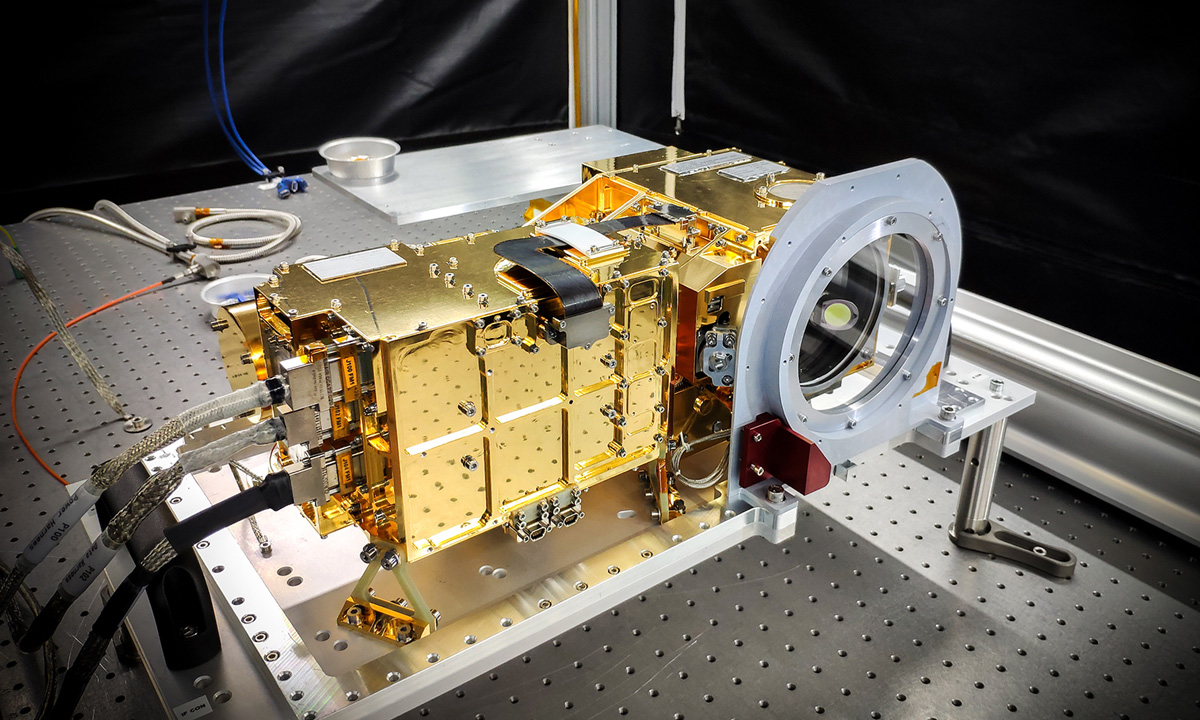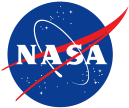
SuperCam
The SuperCam on the Perseverance rover examines rocks and soils with a camera, laser, and spectrometers to seek chemical materials that could be related to past life on Mars. It can identify the chemical and mineral makeup of areas on Mars as small as a pencil point, from a distance of more than 20 feet (7 meters).
Tech Specs
| Main Job | To identify the chemicals in rocks and soils, including the makeup of their atoms and molecules. |
| Location | Mounted on the "head" of the rover's long-necked mast |
| Mass |
Mast-mounted sensor head: 12 pounds (5.6 kilograms) Rover body-mounted spectrometers: 10.6 pounds (4.8 kilograms) Calibration target assembly: 0.5 pound (0.2 kilograms) |
| Power | 17.9 watts |
| Volume | Mast-mounted sensor head:
Approximately 15 x 8 x 6 inches (38 x 20 x 16 centimeters). |
| Calibration Target | 1.18 inches diameter (3 centimeters) |
| Data Return | 15.5 megabits per experiment or about 4.2 megabits per day |
"SuperCam's laser is uniquely capable of remotely clearing away surface dust, giving all of its instruments a clear view of the targets."
5 Things to Know
SuperCam Does Science from Afar!
From more than 20 feet (~7 meters) away, SuperCam can fire a laser to study rock targets smaller than a pencil point. That lets Perseverance study spots it can't reach with its arm.
SuperCam Finds Great Rocks
SuperCam looks at rock textures and chemicals to find those that formed or changed in water on Mars' long ago. Water is key to life.
SuperCam Looks for Life Preservers
SuperCam looks at different rock and "soil" types to find ones that could preserve signs of past microbial life on Mars - if any ever existed.
SuperCam Records Martian Sounds
Its microphone recorded the first sounds on Mars, consisting of wind, dust devils, rover noises, and laser zaps.
SuperCam Measures the Air
Scientists can learn about how atmospheric molecules, water ice, and dust absorb or reflect solar radiation. This data improves our ability to predict Martian weather.
The Story Behind the Name
"SuperCam" is a superhero for making discoveries on Mars! Its cameras have super vision, and its spectrometers have super senses for identifying the chemical makeup of Martian rocks and "soil" (regolith). SuperCam can see across great distances to measure targets not reachable by the Perseverance rover's other tools. It's an improved version of the ChemCam laser on Mars rover Curiosity: SuperCam can additionally analyze minerals and molecules, and take color instead of only black-and-white pictures.

